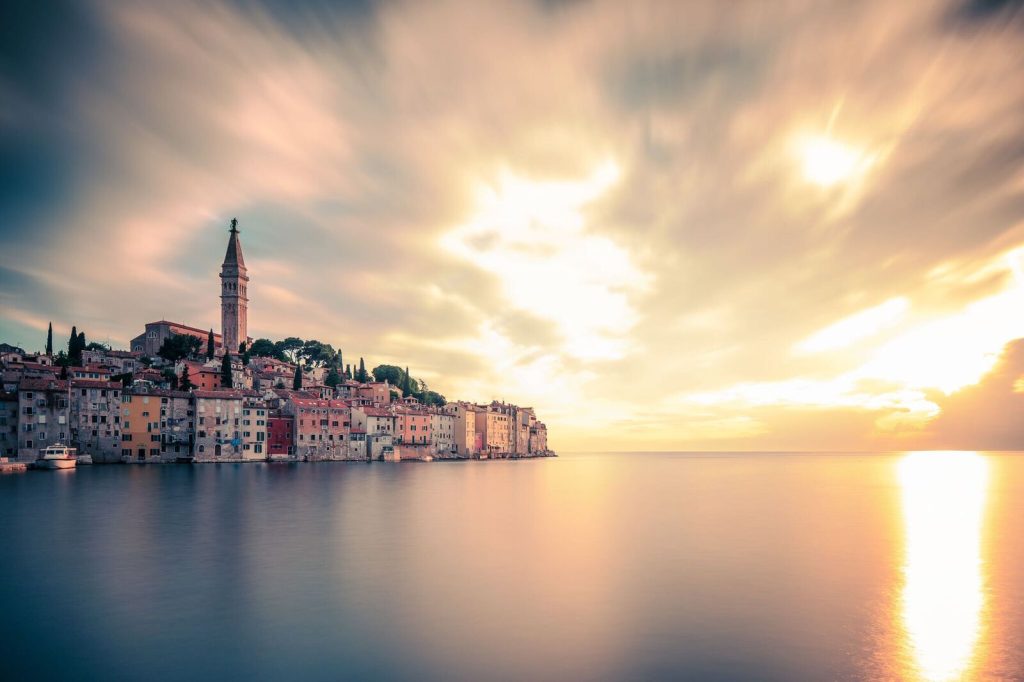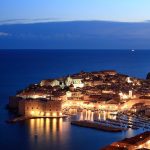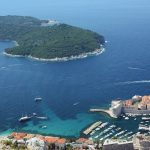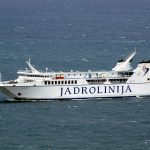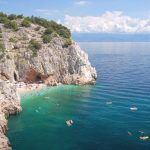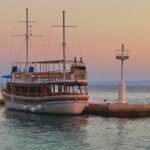Continuing with our alphabet series, we look to the letter I on March 13, 2018
I is for… to be honest, there’s only one obvious contender deserving of the first item on this list:
Istria
Forgive my blatant preference which might have something to do with my roots, but even the islands come second to Istria. This Croatian region calls only for I-adjectives: irresistible, impressive, incredible. It even has two special nicknames assigned to her, terra magica (the land of magic) and terra incognita (a land unknown), and both choices are fitting – Istria is hard to put into words, escapes all attempts at definition, and goes on to surprise and enchant every step of the way.
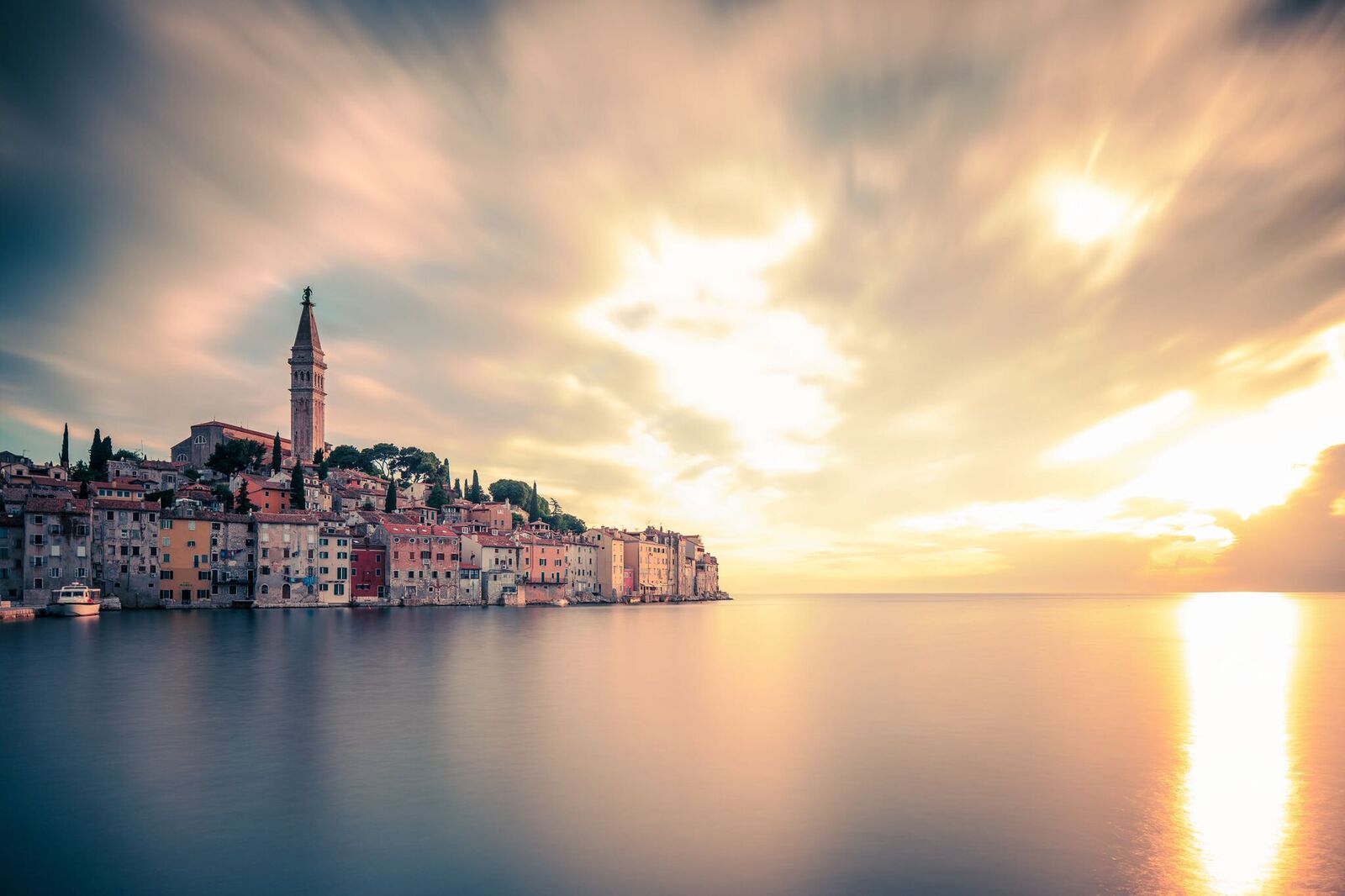
No other region in Croatia is so diverse as Istria. On one hand, you have the coast, with historical beauties such as Rovinj and Pula booming with foreign visitors eager to explore these unforgettable destinations. The Istrian coast is also home to one of Croatian national parks, the Brijuni islands, boasting ancient Roman architecture, Josip Broz Tito’s summer residence, a safari park – and they turn to a cultural hotspot in the summer owing to Rade Šerbedžija’s Theatre Ulysses, which has seen guest appearances by the likes of Vanessa Redgrave and Ralph Fiennes.
And then, you look inland, and it seems like an entirely different world – fields of green and gold, historical cities sprinkled on picturesque hills, legends galore. If you ever book a sailing trip or just decide to visit any of Istria’s coastal destinations, leave a day aside to explore the central part of the region; it’ll take you less than an hour to drive from the coast to gems such as Motovun, Buzet or Labin, and you’ll be left with an immensely rewarding experience.
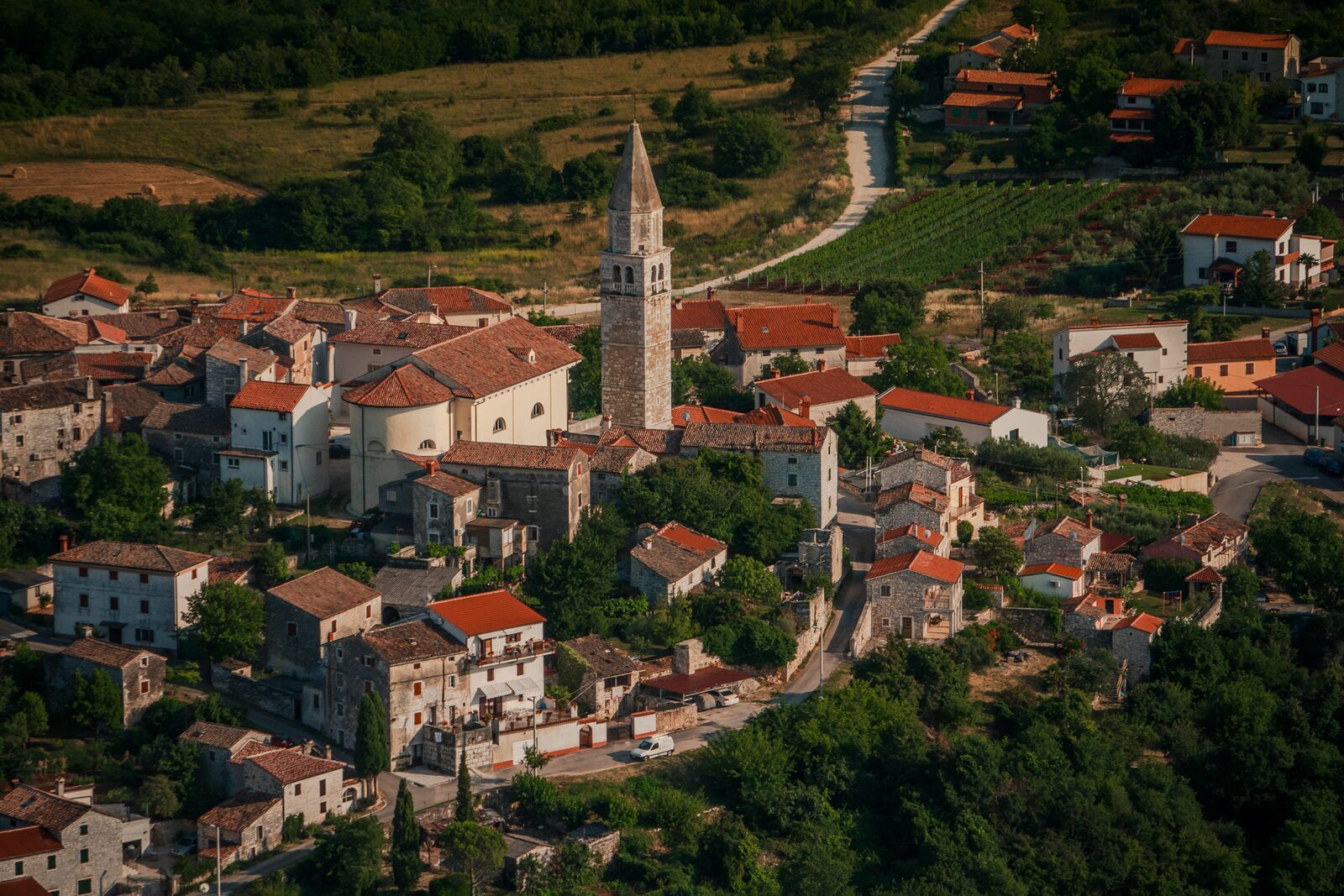
I could go on and on: Istria took away the title of the best olive oil region in the world two years in a row. It’s known as a major hub for truffle lovers, with festivals in Livade and Buzet attracting thousands of international visitors year after year. And wine? Don’t even get me started on wine. I’ll stop here, before this turns into an Istria-specific alphabet feature. Moving on:
islands
This one is a given – we like to brag about our island portfolio counting an impressive number of 1244 islands. To be more precise, Croatia has 78 islands, with the prerequisite for the ‘island’ title being a surface larger than 1 square kilometre. Another 524 are officially considered islets (0,01 – 1 km2), and the remaining 642 are reefs and rocks (less than 0,01 km2). There’s no point to spinning more poetics about islands in general, as we like to pay them some love in every alphabet feature, so we’ll take a look at some I-islands instead:
Ilovik
The name sounds familiar? We wrote about this little charmer of an island in our Diaspora roots series. Ilovik is the southernmost inhabited island in the Lošinj archipelago, and this somewhat isolated position has been causing substantial headache to its residents for a long, long time. The simplest things like going to the doctor or any state office entailed (and still do) having to reach Lošinj or the mainland, and their transport options used to be limited, to say the least. These days, a port in Mrtvaška bay in the south of Lošinj allows the population of Ilovik village to get to Lošinj in 10 minutes, and the island finally got its own water supply system in 2013. This might sound spoiled coming from us urban dwellers, but just imagine having to transport water on a boat in the 21st century!
Anyway, things are looking up to such an extent, people have been moving to Ilovik from other parts of Croatia in recent years. It’s no wonder why – friendly neighbours, gorgeous secluded bays, and so much lush vegetation around, Ilovik was dubbed ‘the islands of flowers’ owing to its display of oleander, bougainvillea and palm trees. Read more about this stunner here.
Ist
Moving down south from Kvarner to northern Dalmatia, to Zadar archipelago which houses the island of Ist. Nestled between Škarda and Molat islands, Ist is irresISTible (sorry) to yachtsmen, recreational fishermen and divers owing to the plethora of sandy beaches, bays, and waters that abound in fish. And speaking of diving and related sports, here’s a cool fact: one of the most famous people to have sprung from Ist island is Dina Levačić, the first Croatian female athlete who has swum La Manche. Oh, and also the sixth person (and the second woman) in the history of long-distance swimming to successfully complete the Triple Crown of Open Swimming in 90 days: the English Channel, the Catalina Channel, and the Manhattan Island Marathon Swim. Another cool fact? She’s only turning 22 tomorrow – happy birthday, Dina!
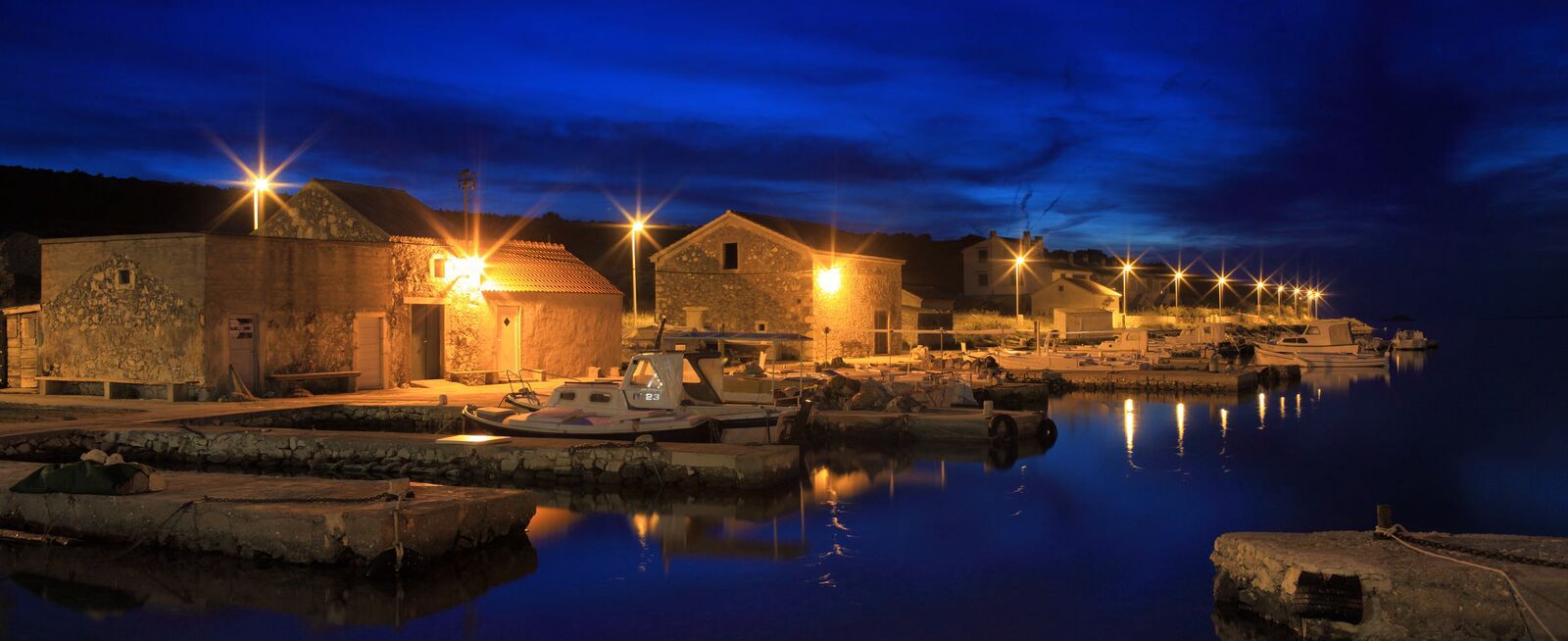
Iž
And a bit further south from Ist, another jewel of the Zadar archipelago. Iž is an island situated between Ugljan and Dugi Otok, providing a perfect situation for island-hopping – and we should mention Telašćica Nature Park and Kornati National Park are basically at the palm of your hand.
Iž has been inhabited since prehistoric times, but the records of the first Croatian settlers date back to 1266. Iž shares its leading economic activities with the majority of Croatian islands – fishing, olive oil production and other trades you’d expect an island population to deal in – but one particular activity stands out: pottery. This tradition dates back to the mentioned prehistoric times and was particulary thriving in the Middle Ages, but some of Iž’s residents still tend to this ancient craft, hoping to pass their knowledge on to younger generations. And they stick to the traditional way – no fancy ovens, no electricity or gas – they mix clay with calcite and ‘bake’ it over open fire, employing a technique which was first used back in the Neolithic age. The most renowned object produced by Iž’s pottery experts is the so-called iški lopiž, a pot used for storing olive oil and other products, nowadays available as an authentic souvenir.
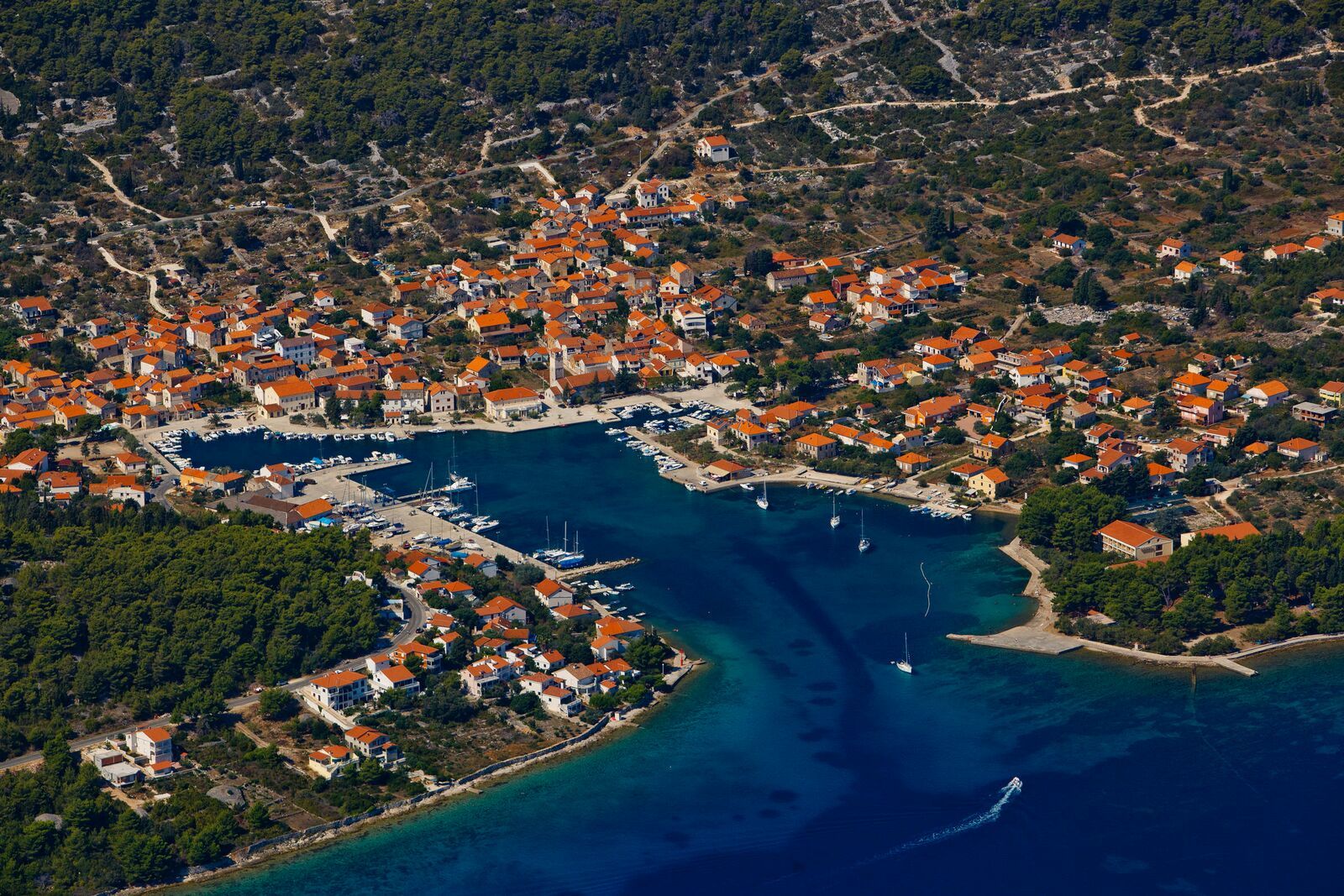
One more think we just have to mention: Iž is the first island in Croatia to have hosted a skiing championship. Not exactly a thing you’d expect to see on a Mediterranean island, but we’re definitely not short on surprises. 60 tonnes of snow were hauled to Iž from the Lika region in December 2017, allowing around 70 internation skiers to compete in the Iž Snow Queen Trophy. An audience of 1000 gathered to observe the competition, followed by a night of entertainment – a proper Advent feast.
ice caves
When you think about the Adriatic coast, the first things to come to mind are probably the sun and sea – not ice. Right? And yet, think about strolling up and down the riva and feeling an irresistible need to seek shelter from the summer heat and have a cold drink at one of the cafes lining the promenade… now think about those ice cubes in your glass. Where do they come from? The freezer, obviously – but as you might already know, Croatia has a 150-years tourism tradition. It’s not really likely you’d have found a freezer in a seaside cafe 100 years ago. So, any chance you’d have been able to get a cold drink?
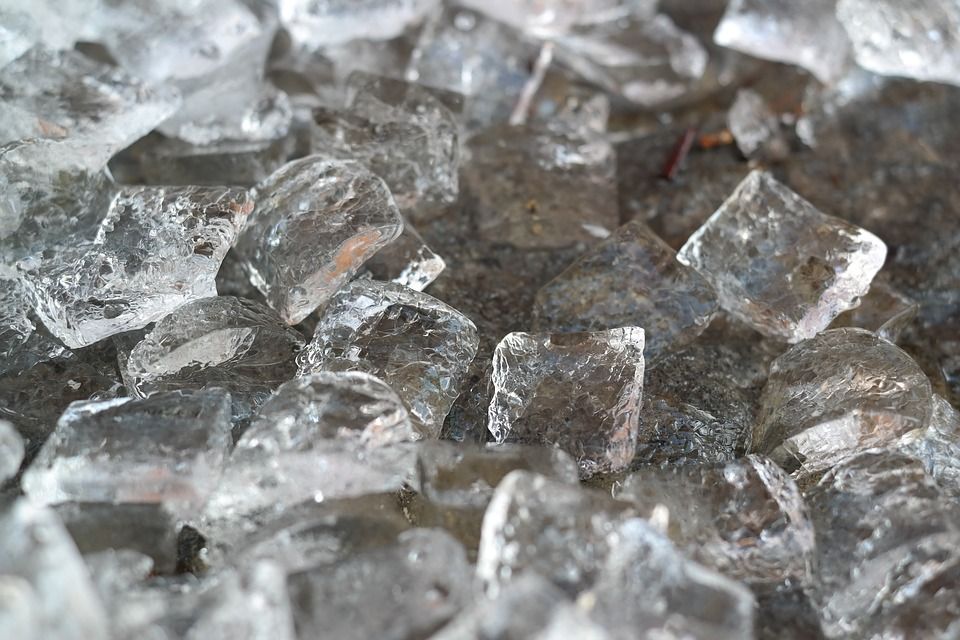
In some parts of the country, yes. Here’s a short rundown of a truly fascinating process: Biokovo, the second-highest mountain range in Croatia that’s situated between the rivers Cetina and Neretva in Dalmatia, is a home to more than 400 caves. Some of those caves have long been filled by large quantities of eternal ice, providing the business-savvy locals with a chance to earn some extra money in the times of economic hardship. People harvested ice from the caves, wrapped the chunks in beech leaves and sack cloth to keep them from melting too quickly, then transported them to various places on the Makarska riviera where they sold them to local hospitality objects. It was a dreary business, involving strenuous overnight trips from the mountain to the coast on foot with the ice loaded on donkeys and mules, but every penny counted. Read more here.
ink
It’s not hard to guess where we’re going with this, eh? You’ve guessed right: we’re talking about black risotto, one of the signature dishes in Dalmatia. A plate of black risotto – called crni rižot in Croatian – doesn’t seem very appealing at first glance. Black is not the most natural of colours where food is considered, and it’s understandable we’d all skeptically eye a dark-coloured display laid out on the table. But when it comes to Mediterranean cuisine, the most unattractive-looking plates are usually the most delicious – think of the first time you’ve meet mussels, or sea urchins, or Brač vitalac. Same goes for black risotto, whose unusual colour comes from squid ink: fight through your initial skepticism, grab a fork, and I guarantee you’ll be left feeling more than happy for having had the courage to dive in. It’s hearthy, fulfulling and keeps you coming back for more – just make sure to check your teeth for stains before you flash a wide smile for that camera across the table. Read more about this iconic dish here.
Oh, and speaking about ink, another thing comes to mind: fingerprints! In our F feature of the alphabet series, we introduced you to Ivan Vučetić (also known as Juan Vucetich), a man of Hvar origin who’s known as the father of dactyloscopy. He was a Croatian-born anthropologist and police official who later moved to Argentina, and created the first fingerprints filing system at the end of the 19th century. He was also the person to make the first positive identification of a criminal in a murder case, based on a bloody fingerprint the culprit had left behind.
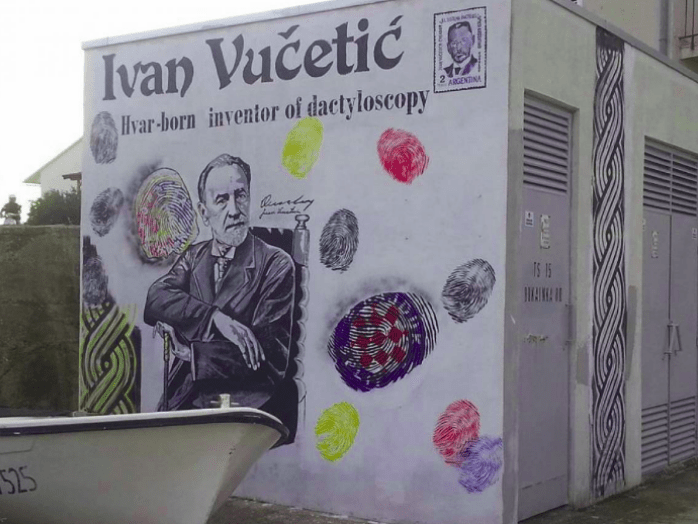
illegal charter
You wouldn’t think sailing the Adriatic waters had any downside whatsoever, with all the captivating images and footage of sleek yachts, dreamy beaches and bays and historical island villages. And yet, there’s one particular dark factor of the sailing business which has been provoking a lot of backlash in the local community, and that’s illegal charter.
Also called ‘black charter’, the term refers to yachts which operate illegally in Croatian waters, without a licence for charter, and with yacht owners very prone to tax evasion. For example, plenty of foreign yachts have been re-registering from commercial to private yachts (less taxes and fees), and then continued to secretly operate as commercial yacths. Most have been embarking from Montenegro in recent years – an appealing point of departure owing to its 0% VAT and duty-free fuel – and then continuing their journey into Croatian waters without paying local taxes, causing substantial losses to the Croatian economy and presenting unfair competition to local yacht owners and charter agencies.
For a long time, illegal charter was largely ‘encouraged’ by the fact that foreign yachts weren’t obliged to have a Croatian charter licence or pay VAT in Croatia. And then, some good news: on May 1, 2017, the Ministry of Maritime Affairs introduced a new law on charter that now obliges all foreign yachts crossing into Croatian territorial waters to have a Croatian charter licence and pay VAT for the services provides in Croatia. A small victory, brought on by the efforts of the Croatian Union of Yacht Owners and Charter Agents, who had been pushing for stronger regulation of foreign boats operating in the local waters.
Photo credit: Romulic and Stojcic
That said, a small piece of advice: if you decide to charter a yacht for your next Croatian holiday, make sure to pick a reputable agency – check their credentials and whether they have all required licences for charter, otherwise you might end up being detained. Read more here.

